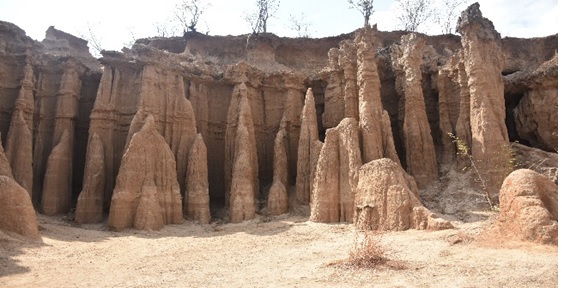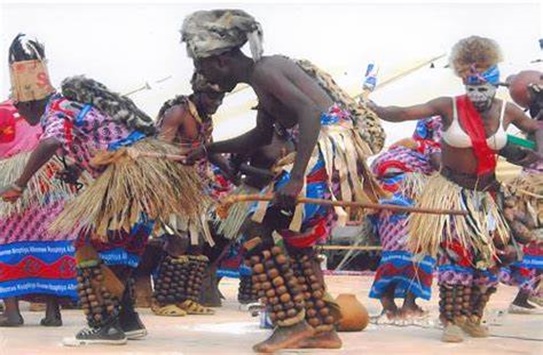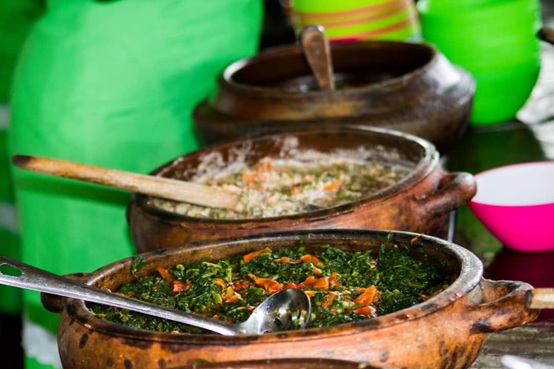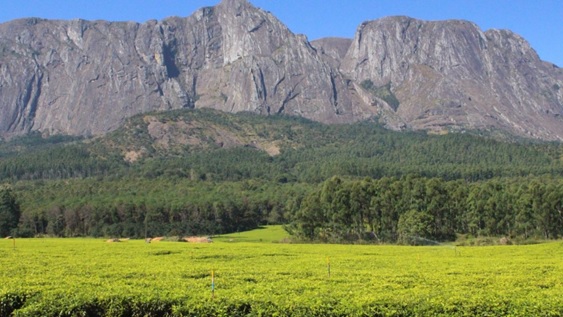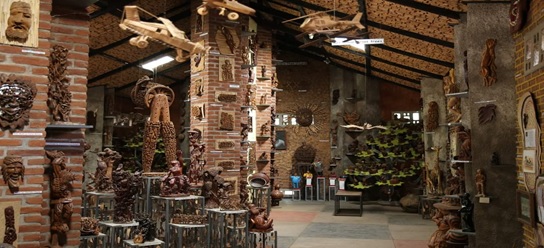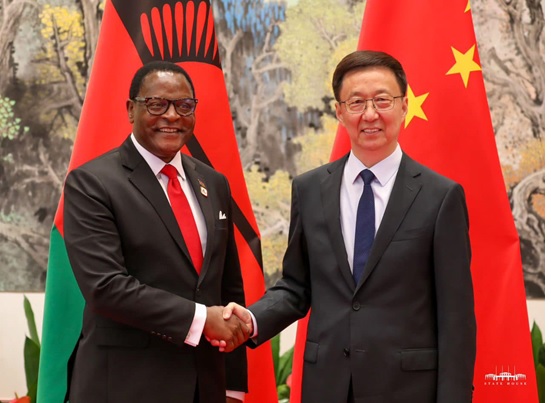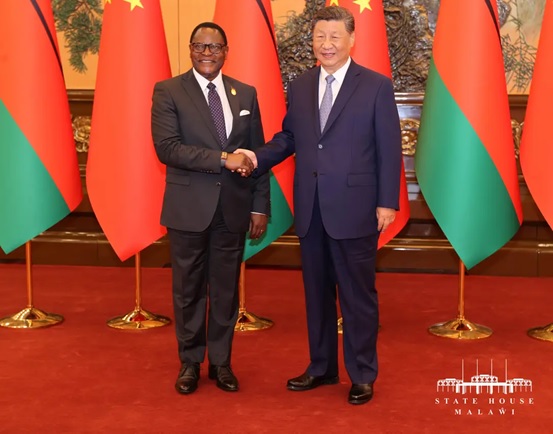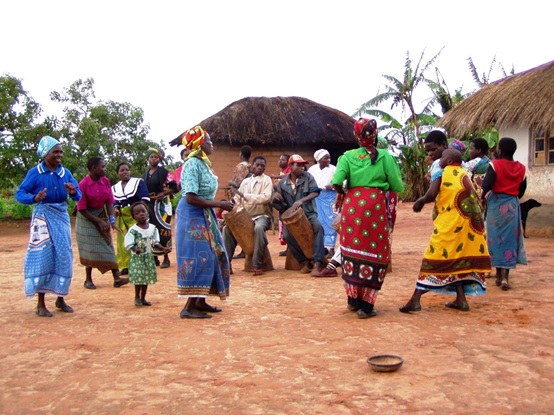TRADE
Trading Environment
Trade in Malawi is liberalized with an import or export licence required only for a few products where security and health concerns are relevant. Malawi is a party to a number of bilateral, regional and multilateral trade arrangements which are intended to facilitate trade. The major trade arrangements are with the World Trade Organisation (WTO), European Union under Everything but Arms (EBA), Southern Africa (COMESA). Apart from the WTO, these trade arrangements offer preferential treatment on goods originating from Malawi. In addition, Malawi is also a beneficiary of the Africa Growth and OpportunityAct (AGOA) under which exports to the US enjoy duty and quota free status.
Exports
Malawi produces a wide range of export products. Tobacco, groundnuts, Tea, dried leguminous vegetables, soya, cane sugar, cotton and coffee are the main export products. Tobacco, Tea and cane Sugar together generate over 70% of export earnings. Other exports include macadamia nuts, handicrafts, chillies, rubber, timber, paprika and pulses.
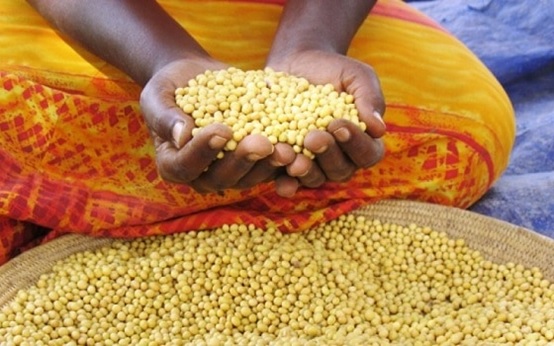
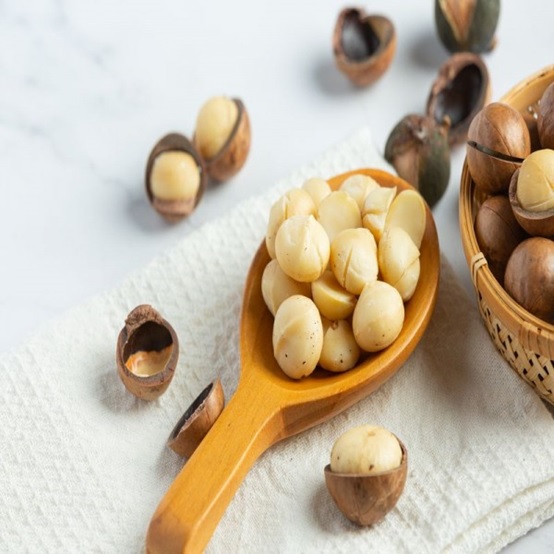
1. Tobacco
Tobacco is Malawi’s biggest foreign exchange earner, accounting for 60 percent of the total domestic export revenue. Malawi’s tobacco is also renowned for its texture as ideal cigarette filler. Malawi is the world’s biggest producer of barley tobacco and about 75 percent of the Malawian population is dependent on tobacco farming.
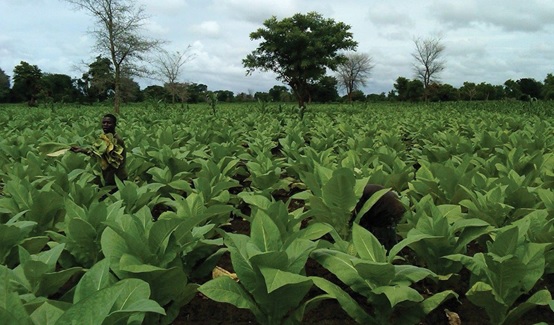
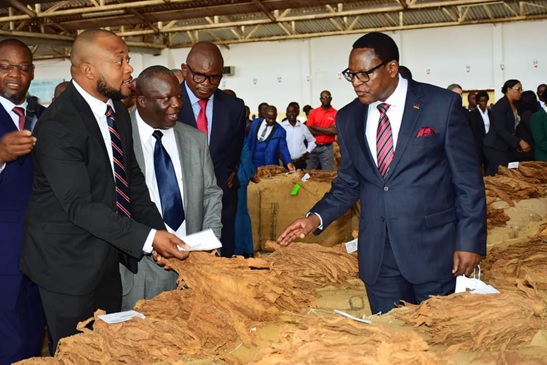
2. Chilli Sauce
It is one of the popular products that Malawi produces for both the domestic and export markets. The sauces are marketed in different flavors suitable for a variety of dishes.
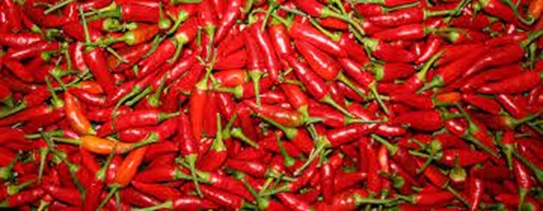
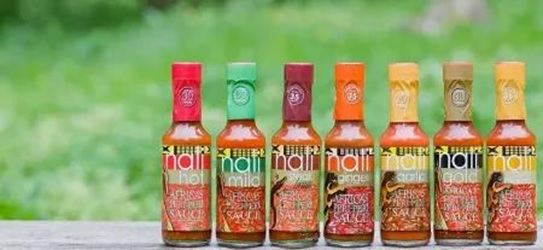

3. Coffee
Malawi produces Arabica Coffee primarily for the export market. It is grown by both estates and smallholder farmers. With the establishment of Coffee Association of Malawi (CAMAL) in ……., production of high quality washed coffee is estimated to increase. There is also scope for investment in instant coffee production.
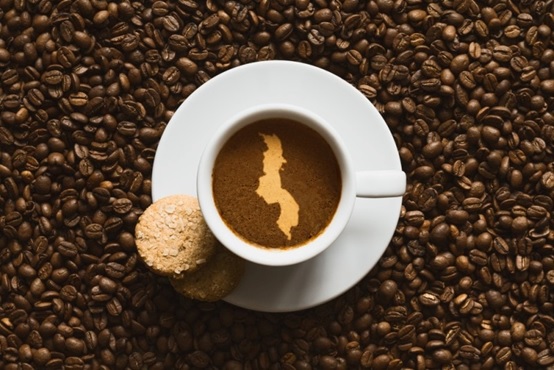
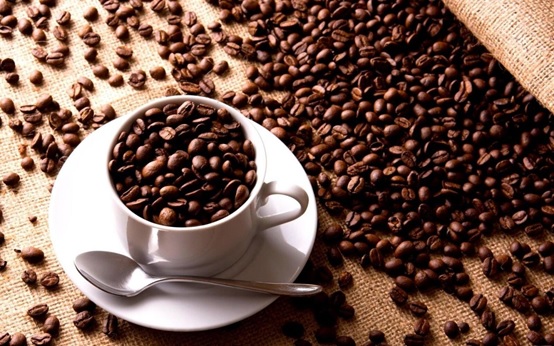

4. Tea
Malawi is the second largest producer of tea in Africa after Kenya and the crop is Malawi’s second largest export crop after tobacco and is produced mostly on estates. About 16,000 ha (40,000 acres) are in tea plantations, mainly in the Mulanje and Thyolo districts in the southern part of the country. Malawi is the pioneer of tea growing in Africa, with production first starting commercially in the 1880s in Mulanje. Malawi grows clonal type of tea which is used to blend with other teas.

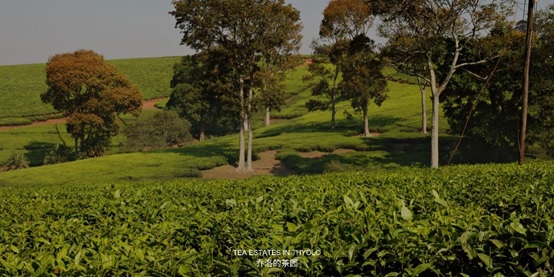
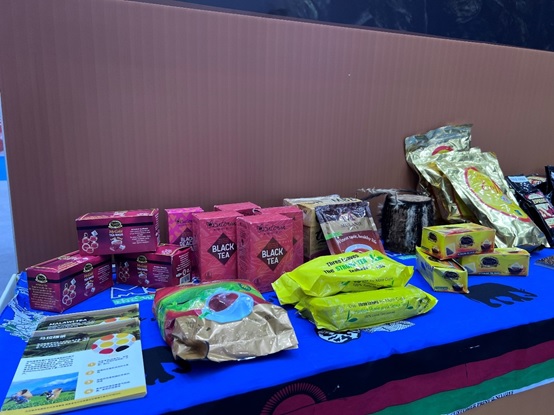
5. Pulses
They comprise beans, chick peas, pigeon peas, and ground beans, black and green grams. Some of the pulses are used as a basic ingredient for dhal an important source of protein and a delicacy for people of Asian origin as it is affordable and a substitute for animal meat.
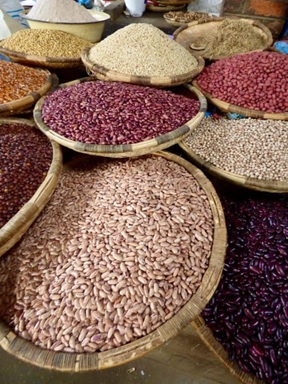
6. Cotton
It is traditionally an important cash crop in Malawi and support over 200,000 farm families. To boost its production for export, government has set aside funds to enable farmers access farm inputs. The projected production for the year 2024 was 100,000 metric tonnes as a result of an increased uptake, investment and yields.
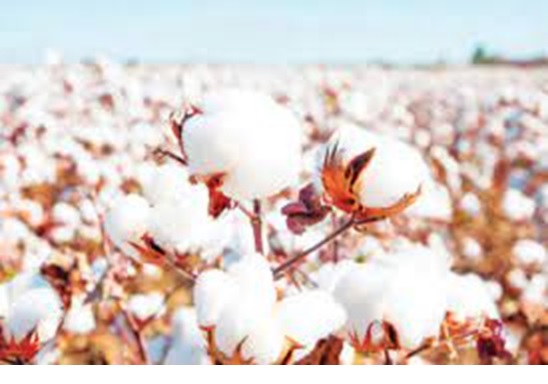
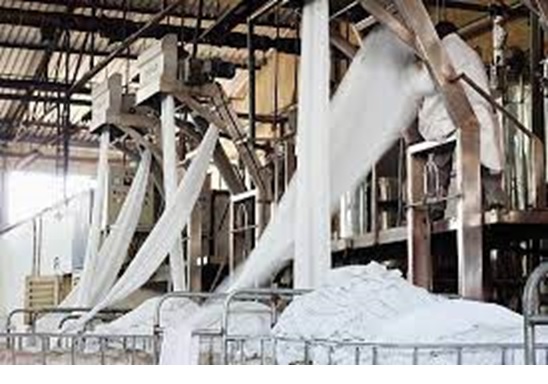
7. Sugar
It is a source of foreign exchange after tobacco and tea. Excellent climatic conditions and good soil coupled with irrigation from secure water sources are ideal for current cultivation of high yielding quality cane. Taking advantage of regional and multilateral arrangements Malawi sugar continues to maintain a strong market presence within the region, in the US and the European Union.


